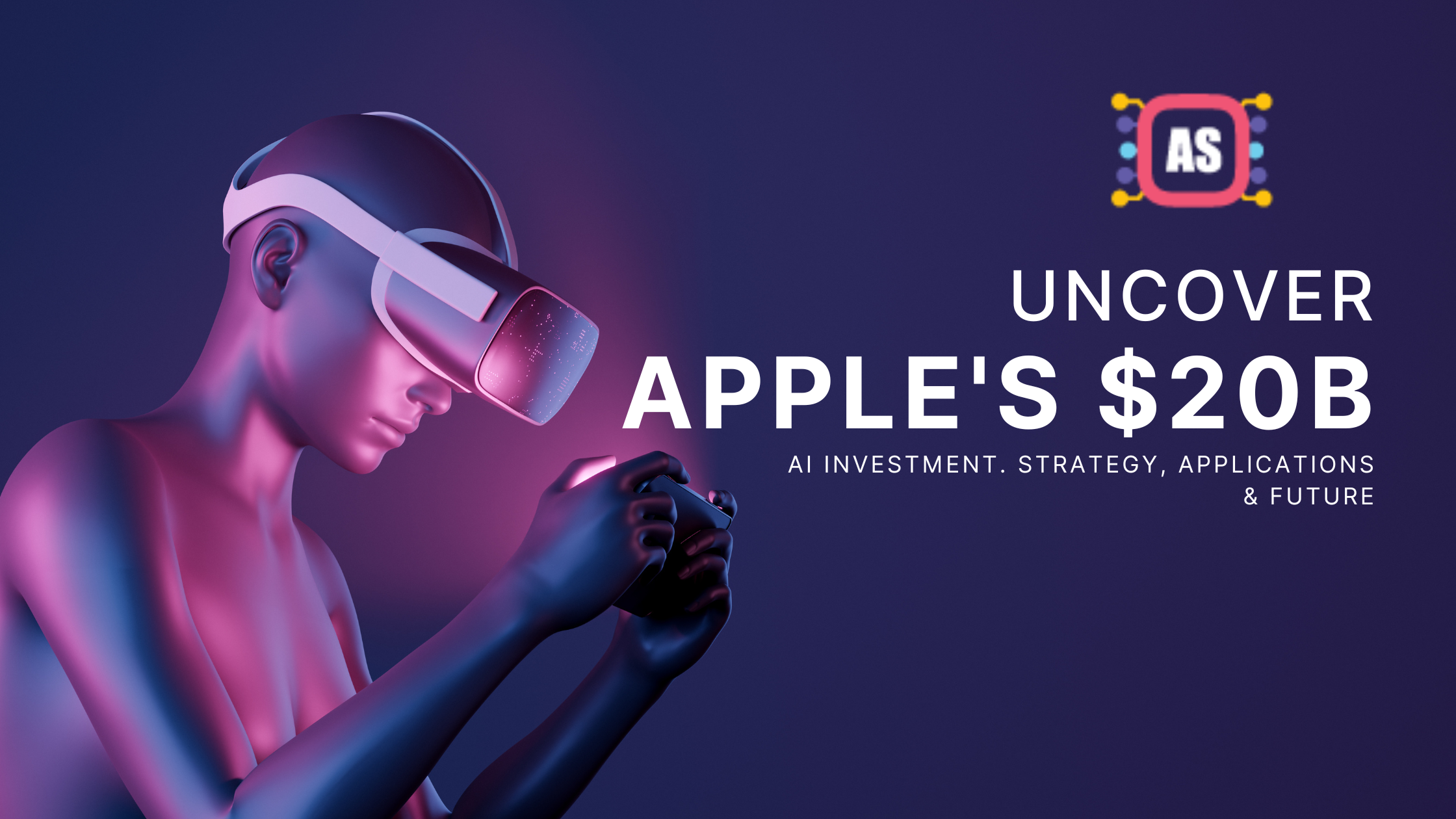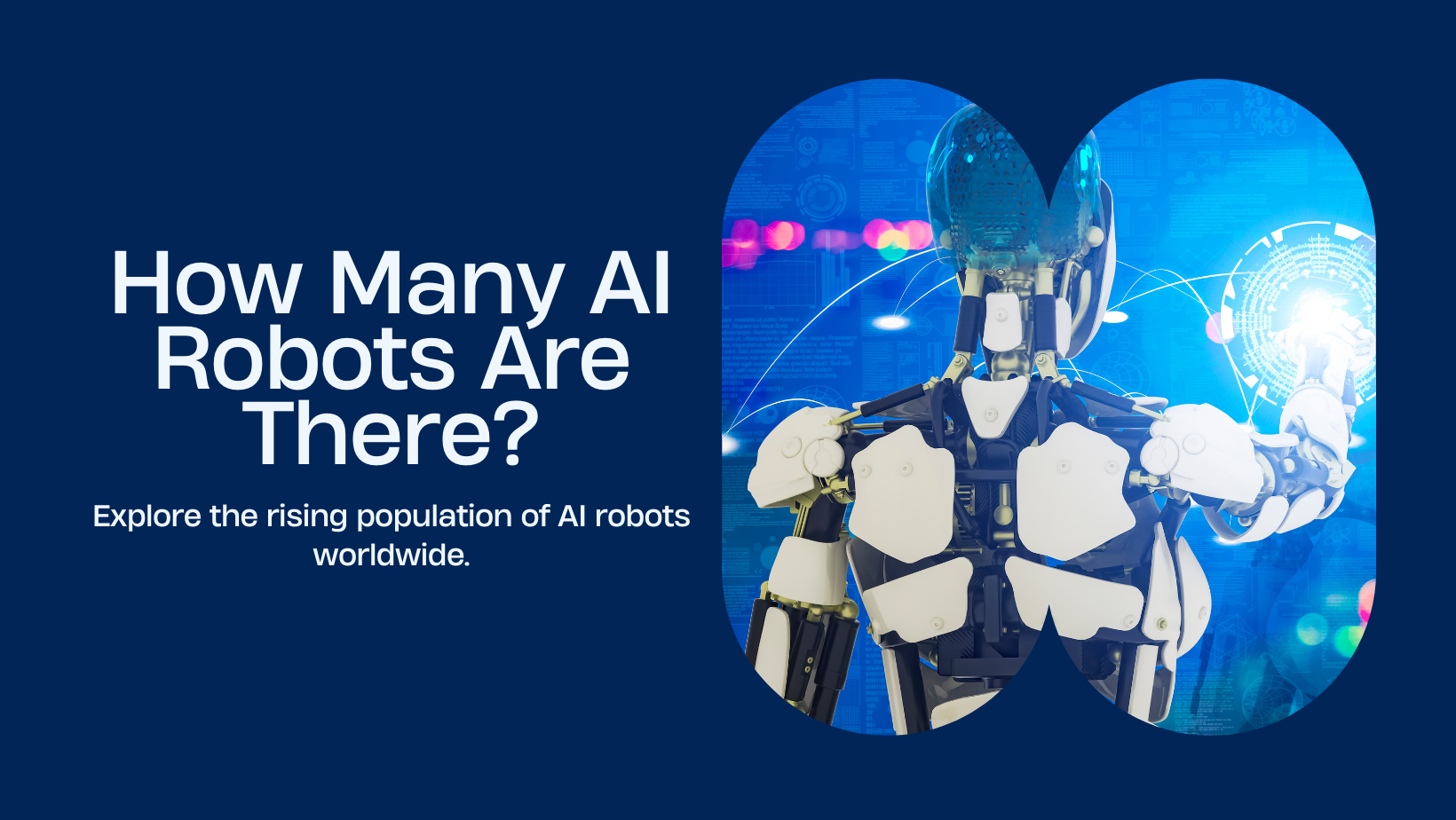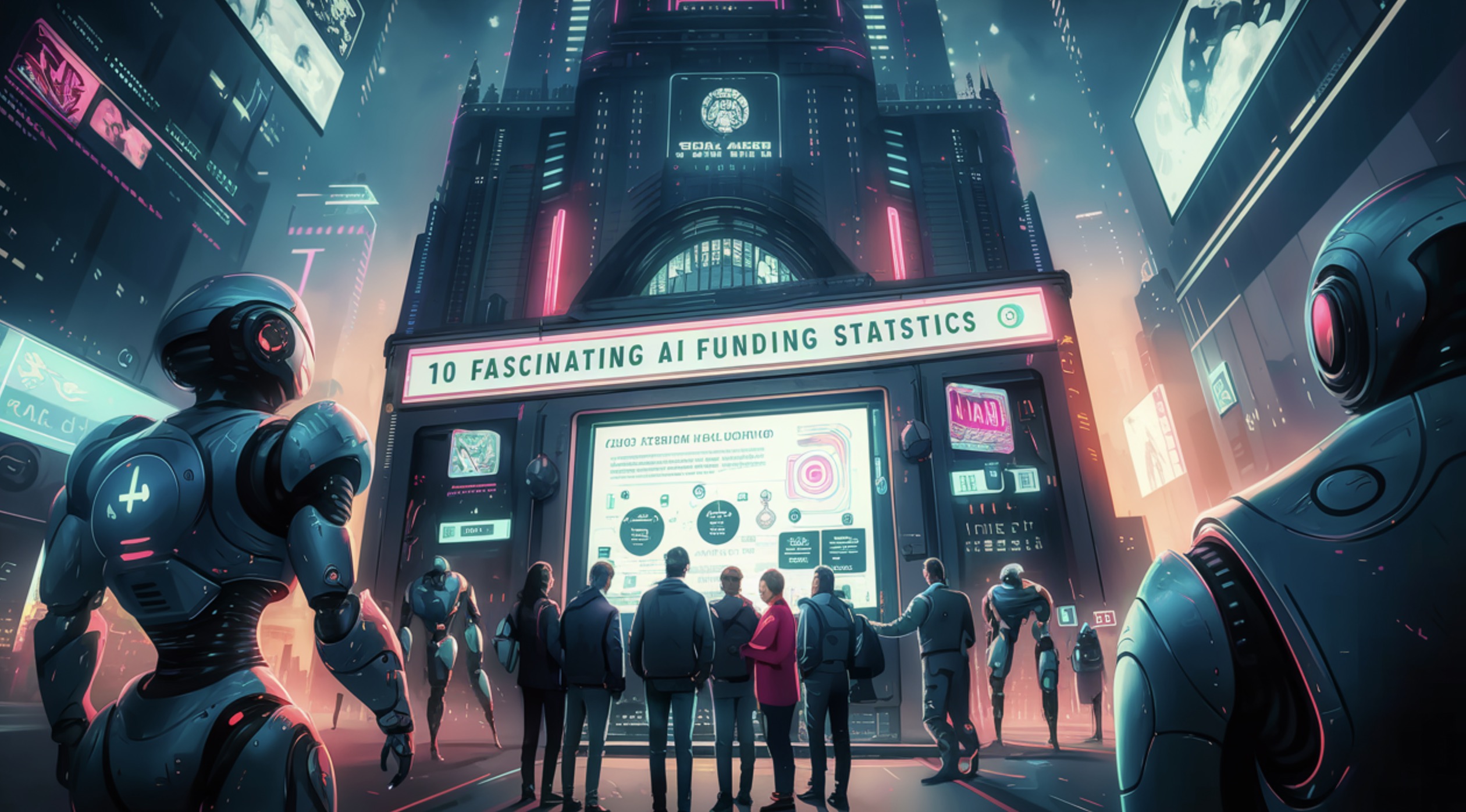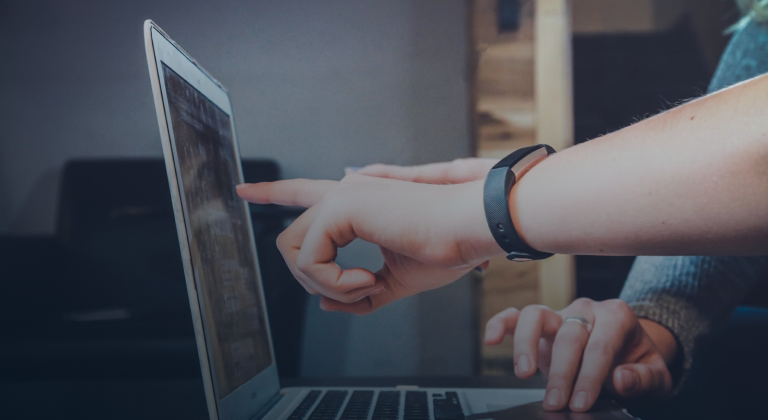The art world has been abuzz with the rise of AI-generated art, showcasing mesmerizing abstract pieces and incredibly realistic portraits. While these creations are undeniably impressive, they've also stirred concerns about deception and misrepresentation. As the boundaries between human creativity and machine-generated content blur, distinguishing AI-generated art from human-made masterpieces becomes increasingly challenging.
The newfound challenge has sparked questions about the authenticity and value of artwork in the age of AI. Collectors and enthusiasts ponder whether they invest in genuine human creativity or digital doppelgangers. But fear not! Equipping yourself with the skills to identify AI-generated art is akin to possessing a superpower in the art world. Not only does it safeguard your investments, but it also deepens your appreciation for the unique qualities that distinguish human-created art.
Let's embark on a journey to explore the fascinating world of AI-generated art! This article will equip you with the knowledge and tools to confidently navigate this brave new world. Get ready to wear your art detective hat and uncover the telltale signs distinguishing AI-generated pieces from human-made masterpieces. It's time to embrace the future of art while still honoring the timeless value of human creativity.
Understanding AI-Generated Art: A Peek Behind the Digital Curtain
First, let's talk about the brains behind the operation: GANs and neural networks. These aren't just fancy tech buzzwords – they're the secret sauce that makes AI-generated art possible. Think of GANs (Generative Adversarial Networks) as the ultimate artist-critic duo. One part of the network, the generator, creates art, while the other, the discriminator, judges it. They keep pushing each other to improve, like a never-ending art battle!
Neural networks, on the other hand, are like the artist's apprentice. They study countless examples of human-made art, learning the styles, techniques, and patterns that make each piece unique. With this knowledge, they can create original works that mimic human creativity.
What exactly sets AI-generated art apart from its human-made counterparts? Here are some common characteristics to look out for:
- Surreal or dreamlike elements that defy reality
- Unusual color palettes or textures that seem otherworldly
- Repetitive patterns or motifs that create a sense of consistency
- Smooth, seamless blending of different elements or styles
- Lack of emotional depth or personal touch that human artists bring to their work
Image source: AI vs Human Art – Can You Spot The Differences?
Of course, not all AI-generated art is created equal. Some popular AI art generators, like Artsmart, DALL-E, Midjourney, and Stable Diffusion, have taken the art world by storm with their incredible creations. These tools allow users to input text descriptions or images, which the AI then uses as inspiration to generate original artwork. The results can be stunning, hilarious, or downright bizarre – but always fascinating!
As you dive deeper into this brave new world, remember that while AI can mimic human creativity, it can never replace the passion, emotion, and personal touch that human artists bring to their work. But that doesn't mean we can't appreciate the unique qualities of AI-generated art and marvel at the technological wonders that make it possible.
Signs that Art Might be AI-Generated: Spotting the Digital Imposters
Alright, art detectives, it's time to sharpen your skills and learn how to spot the AI-generated imposters among the human-made masterpieces! While AI art can be incredibly convincing, there are a few telltale signs that can help you separate the digital wheat from the chaff. These include:
- Unnatural or Inconsistent Elements in the Artwork: If you spot a hyper-realistic face with mismatched eyes or a landscape that seems to defy the laws of physics, you might be looking at an AI creation. These algorithms can sometimes struggle with getting all the details just right, resulting in some seriously surreal or jarring visuals.
- Artist's Unique Style or "Signature": Human artists often develop a distinct aesthetic or technique that sets their work apart. If an artwork lacks that personal touch or seems to be a mishmash of different styles, it could be a red flag for AI involvement.
- Technical Issues: AI-generated art can sometimes have artifacts, glitches, or distortions that give away its digital origins. Keep an eye out for:
- Pixelation or blurriness in certain areas
- Strange color gradients or banding
- Unnatural edges or transitions between elements
- Distorted or warped textures that don't quite match reality
Image source: How To Use Reference Images In MidJourney (2024) Complete Guide
- Unusual or Nonsensical Composition: While human artists often create works with intentional meaning or symbolism, AI algorithms can churn out images that seem random or lackluster in their artistic intent. If an artwork leaves you scratching your head or feeling like something is "off," it could be a product of artificial intelligence.
Spotting AI-generated art is a skill that takes practice and patience. Don't be discouraged if you can't always tell the difference right away – even the most seasoned art experts can be fooled by these digital masterminds. Embrace the challenge and enjoy the process of honing your AI art detection skills!
Techniques for Identifying AI-Generated Art: Your Toolbox for Spotting Digital Deception
Now that you know the signs to look for, it's time to arm yourself with some practical techniques for identifying AI-generated art. Think of these as your trusty tools in the fight against digital deception!
Reverse Image Search: The Trusty Sidekick
Reverse image search functions similarly to a standard search engine but with a visual input instead of text. You upload an image, and the system scours the web for similar ones by analyzing the image's content and patterns. It's akin to finding matches for a photo based on its appearance.
Follow these steps to determine if a file is AI-generated using reverse image search:
- Upload the suspicious artwork to Google Images or TinEye
- See if the search results reveal similar AI-generated pieces
- If you find a match, you might have an AI imposter!
Metadata Mining: Uncovering the Digital Paper Trail
Metadata mining is akin to sifting through files to uncover concealed details about them. It comprises information beyond the main content, such as authorship, creation dates, or software used. This process allows one to organize files more efficiently, identify trends, or glean insights without opening each file individually.
Here’s how to find metadata on files:
- Right-click on the image file and select "Properties" or "Get Info"
- Check the metadata for clues like creation date, software used, or artist name
- If the metadata seems suspicious or lacks human artist info, it could be AI-generated
AI Detection Tools: Your Digital Magnifying Glass
AI detectors typically rely on language models similar to those found in AI writing tools they aim to detect. These language models assess the input, asking themselves, "Does this resemble something I would generate?" They conclude that the text is likely AI-generated if the answer is yes.
To determine whether a file is AI-generated using AI detection tools, follow these steps:
- Try online platforms like Hugging Face's "Assembling Machine Learning Art Tool" or
- Deepware's "AI Art Detector"
- These tools analyze images and provide a likelihood score for AI generation
- While not foolproof, they can be a helpful addition to your AI art detection arsenal
Expert opinions: Calling in the Art World Cavalry
Experts spot AI art by looking at the style, composition, and colors. They know what patterns AI algorithms tend to produce, so they can tell if a piece looks like it was made by a machine rather than a human.
You can leverage expert knowledge in determining AI-generate art by:
- Reaching out to art experts, curators, or experienced collectors
- Sharing the artwork in question and asking for their professional opinion
- Collaborating with art communities online to gather multiple perspectives
Remember, no single technique is 100% foolproof, so it's best to use a combination of these methods when assessing an artwork's origins. The more evidence you gather, the more confident you can be in your AI art detection skills.
Challenges in Distinguishing AI-Generated Art: When the Lines Get Blurry
As AI technology continues to evolve at a breakneck pace, distinguishing AI-generated art from human-made creations becomes increasingly complex. With each passing day, AI algorithms are improving at producing hyper-realistic and convincing artworks that can fool even the most discerning eyes. It's like playing a game of "spot the difference," where the differences keep getting smaller and smaller!
To make matters even trickier, some human artists are now incorporating AI-generated elements into their work, blurring the lines between human creativity and machine-assisted art. This fusion of human and AI techniques can result in unique and captivating pieces, but it also makes it harder to determine where the artist's hand ends and the algorithm's influence begins. Plus, art interpretation and evaluation are inherently subjective, meaning that what one person considers a telltale sign of AI involvement might go unnoticed by another. It's a real head-scratcher!
Importance of Transparency and Disclosure: Keeping It Real in the Art World
In the age of AI-generated art, transparency and disclosure are more important than ever. As the lines between human and machine creativity blur, artists and platforms must be upfront about using AI in their work. After all, nobody likes to feel duped or misled!
There are some serious ethical considerations surrounding AI-generated art. When artists pass off AI creations as their work, it can undermine the trust and authenticity vital to the art world. By clearly labeling AI-generated content, artists and platforms can foster a culture of honesty and respect for human and machine creativity. It's all about keeping it real and giving credit where credit is due!
Embracing the Future While Honoring the Past
As we've seen, navigating the world of AI-generated art can be a wild ride. From understanding how these digital masterpieces are created to spotting the telltale signs of AI involvement, there's much to unpack. But with the right tools and techniques, you can master distinguishing AI-generated art from human-made works.
As AI technology continues to advance, it's clear that it will play an increasingly significant role in the art world. However, this doesn't mean that human creativity will become obsolete. Instead, we have the opportunity to embrace the unique qualities of both human and machine-generated art, appreciating how they can complement and inspire each other.
So, let's move forward with a spirit of openness, transparency, and respect for all forms of artistic expression. By staying informed and adapting to the ever-changing landscape of art in the age of AI, we can ensure that the art world remains a vibrant, authentic, and exciting place for generations to come. Here's to the future of art – let's make it beautiful!






